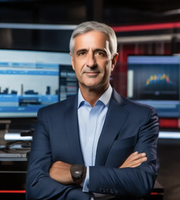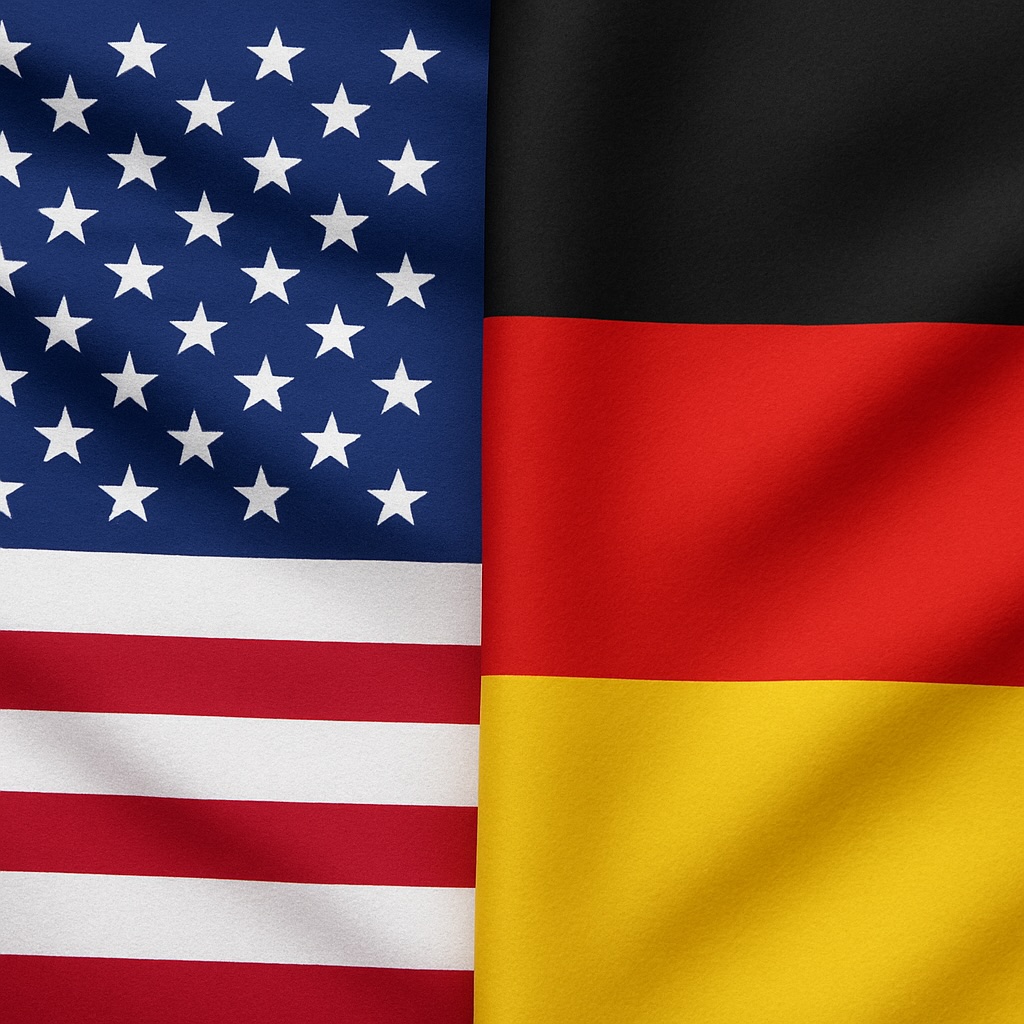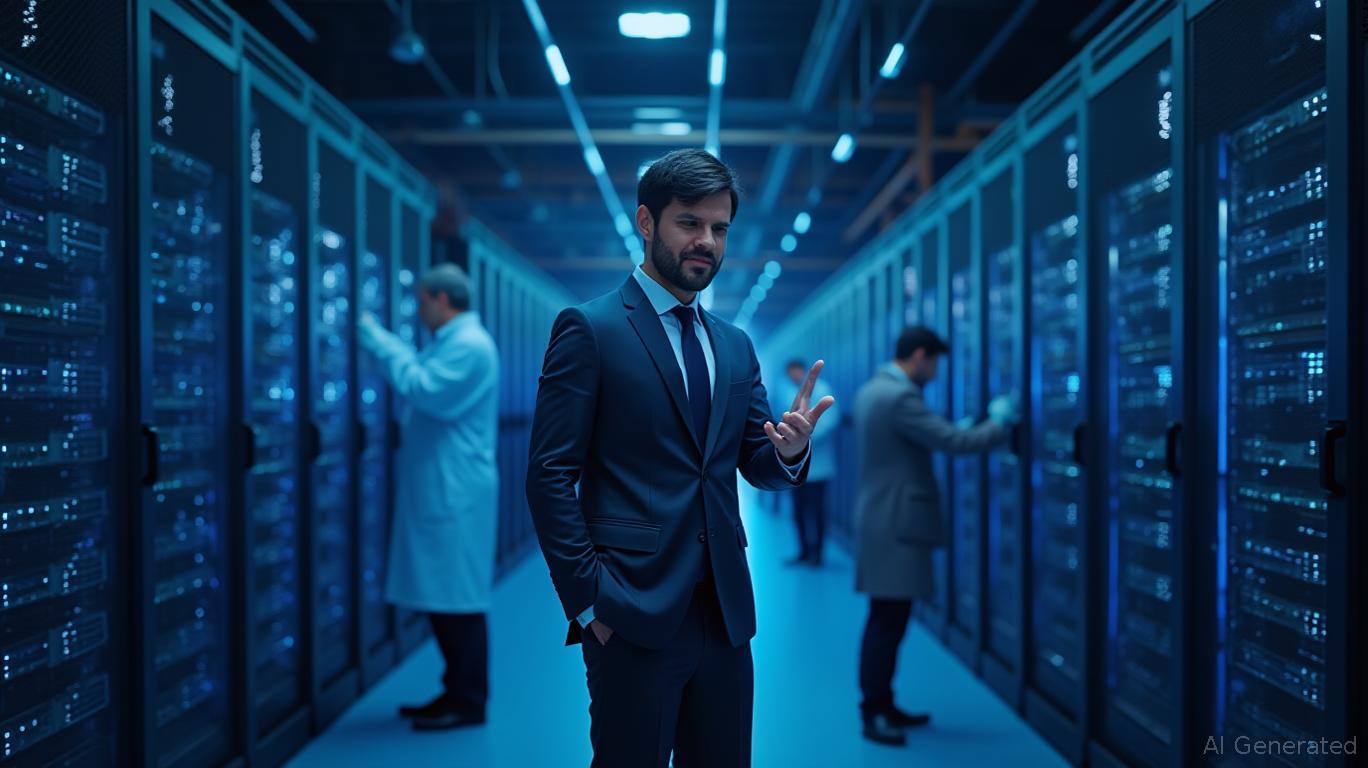The Rise of Tactile Automation: Amazon's Vulcan Robot Redefines Warehouse Efficiency Without Displacing Workers
Amazon’s latest warehouse innovation, the Vulcan robot, marks a pivotal moment in the evolution of automation. Equipped with tactile sensors and advanced AI, Vulcan can “feel” items to adjust grip strength and navigate cluttered storage spaces—a leap forward in physical robotics. While the robot promises to boost efficiency and safety, amazon emphasizes that its role is to augment, not replace, human workers. This strategy positions the company at the forefront of a hybrid labor model, balancing technological progress with workforce adaptation.

The Technical Breakthrough: Tactile Intelligence in Action
Vulcan’s ability to handle 75% of warehouse items—ranging from fragile electronics to bulky textiles—stems from its force feedback sensors and adaptive algorithms. The robot’s end-of-arm tooling uses spatula-like rulers to reposition items and suction cups guided by cameras to pick specific products. By autonomously recognizing when an object is beyond its capacity, Vulcan minimizes errors and damage, reducing costly returns. Critically, it tackles tasks like restocking high shelves or sorting items in tight spaces, which previously required repetitive and ergonomically taxing human labor.
The result? A 34% reduction in recordable incident rates since 2020, as Amazon workers no longer climb ladders or bend to reach items. This aligns with the company’s broader push to improve workplace safety—a key factor in retaining labor amid rising competition for skilled workers.
Workforce Impact: Upskilling, Not Downsizing
Amazon’s messaging underscores a deliberate effort to reframe automation as an opportunity, not a threat. The company has invested $1.2 billion since 2019 in reskilling programs, training 350,000 employees for roles like robotic maintenance and AI oversight. Front-line workers, such as Kari Freitas Hardy, now transition to technical roles, with pay increases of up to 40%.
While critics argue that 300 million global jobs (Goldman Sachs, 2023) could be displaced by automation by 2030, Amazon’s approach is a rebuttal to this narrative. By prioritizing human-robot collaboration, it ensures that Vulcan’s deployment creates new technical roles while reducing the most hazardous tasks for workers.
Financial Implications: A Long-Term Bet on Efficiency
Amazon’s Q1 2025 financials highlight the trade-offs of this automation strategy. While the company’s trailing twelve-month capital expenditures surged 80% year-over-year to $87.97 billion—largely due to investments in robotics like Vulcan—operating income rose 20% to $18.4 billion, reflecting improved efficiency. The Vulcan rollout is part of a $25 billion automation initiative, which Amazon argues will yield cost savings and scalability over time.
Investors have rewarded this vision: Amazon’s stock price has outperformed retail peers like Walmart and Target in 2025, with analysts citing automation as a key driver of margin expansion. While Vulcan’s direct financial impact is not yet quantified, the 11.8% operating margin in Q1—a decade high—suggests that automation is already contributing to leaner operations.
Competitive Landscape: A New Standard for Logistics
Amazon’s rivals are scrambling to keep pace. Companies like Exotec (developer of the Skypod storage system) and Kiva competitors are integrating tactile and AI-driven robotics into their warehouses. However, Amazon’s scale—over 750,000 robots in operation—and its $1 billion Amazon Industrial Innovation Fund (focusing on automation R&D) ensure it maintains a lead.
The Vulcan rollout also signals a strategic shift toward geographically distributed warehouses, with plans to expand the robot’s deployment to Europe by 2026. This could further reduce shipping costs and enable same-day delivery in urban centers, a critical advantage in an era of hyper-competitive e-commerce.
Conclusion: A Hybrid Future for Logistics
Amazon’s Vulcan robot exemplifies a paradigm shift: automation is no longer about replacing humans but elevating their roles. By leveraging tactile technology to handle 75% of warehouse tasks while investing in workforce upskilling, Amazon is redefining efficiency without sacrificing labor stability. The data underscores this: 34% fewer injuries, $24.6 billion in fulfillment costs (up modestly despite rising automation), and a workforce increasingly skilled in high-value technical roles.
For investors, Vulcan represents a sustainable growth lever. As Amazon’s capital expenditures in automation continue to climb, the long-term payoff—a safer, faster, and more scalable logistics network—is clear. The company’s focus on human-robot collaboration not only mitigates displacement risks but also positions it to dominate an industry where efficiency and adaptability are paramount. In a world racing toward full automation, Amazon’s hybrid model may just be the winning formula.
Key Data Points to Remember:
- Vulcan handles 75% of warehouse items, with plans to expand globally by yend of 2026.
- Amazon’s capital expenditures rose 80% YoY, driven by automation investments.
- Reskilling programs have trained 350,000 workers, with pay increases of up to 40% for technical roles.
- Operating margins hit 11.8% in Q1 2025, a decade high, signaling efficiency gains.
The Vulcan robot isn’t just a tool—it’s a blueprint for the future of work.
Ask Aime: What impact will Vulcan robots have on the future of Amazon warehouses?



_5f1303b21749128462012.jpg)






